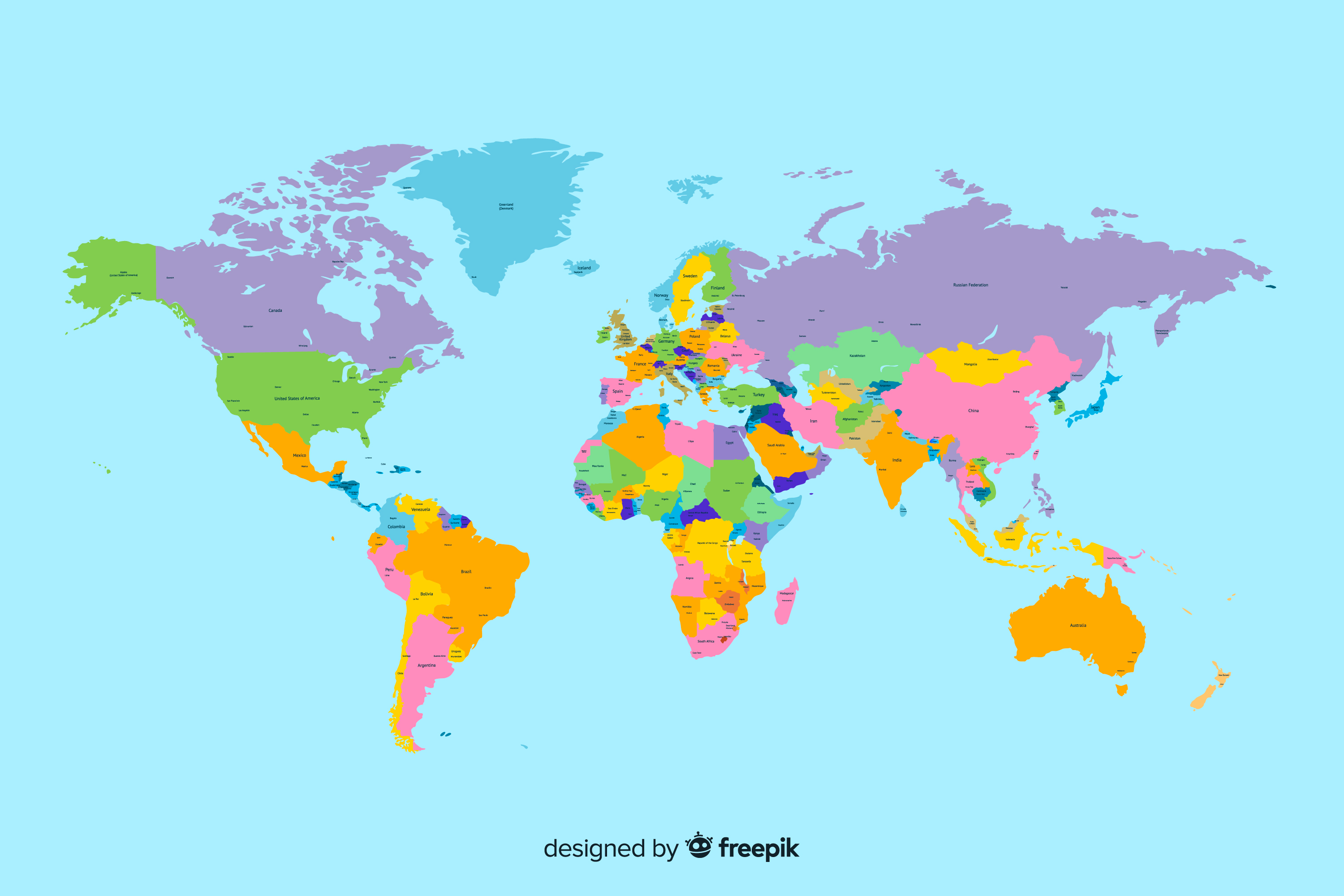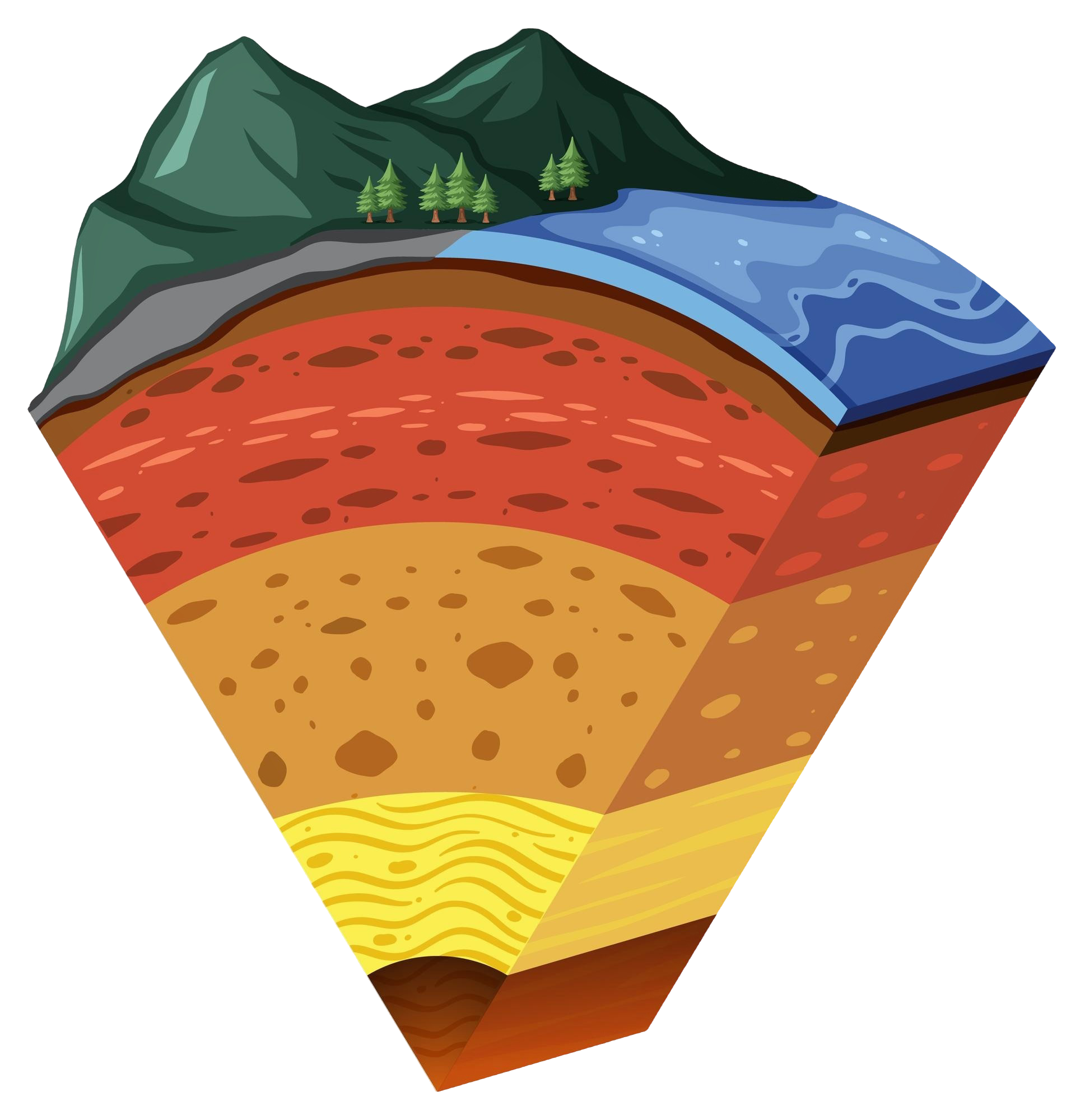
Spatial Analysis of a Geographic Region
Objective: This worksheet aims to introduce students to the concept of spatial analysis by applying it to a geographic region, covering its physical, biological, and socio-economic characteristics.
Content and methods: The worksheet begins by asking students to identify the region on a world map and reflect on their existing knowledge about the region's countries, cities, and weather. It then introduces key geographic terms such as "Geofactors" (Climate, Biosphere, Rocks, Flora, Fauna) and "Societal factors" (Population, Economy, Infrastructure), providing definitions for each. A matching exercise reinforces understanding of these terms. Finally, the worksheet provides a detailed text about the selected region, covering its geography, climate, biosphere, rocks, culture, economy, and infrastructure, as well as challenges like environmental issues and economic disparities. This is followed by specific questions requiring students to extract information about the region's climate, economic importance of tourism, and environmental challenges.
Competencies:
- Map reading and regional identification
- Understanding and applying geographic terminology
- Reading comprehension and information extraction from descriptive texts
- Analysis of interrelationships between geographic and societal factors
Target group: 8th-10th grade
57 other teachers use this template
Target group and level
8th-10th grade
Subjects
Spatial Analysis of a Geographic Region

Defining a geographic region

Southern Europe
Spatial analysis
Now have a closer look at the geographic region. But first have a look at some important terms.

Geofactors
Climate
The climate describes the average weather conditions in a specific area over a long period of time. It includes temperature, precipitation, humidity, and other weather elements. The climate is influenced by solar radiation as well as physical and chemical processes in the atmosphere and other Earth spheres.
Biosphere
The biosphere encompasses all areas of the Earth where living organisms exist. It extends from the highest layers of the atmosphere to the depths of the Earth's crust. The biosphere is a complex system in which living organisms interact with their non-living environment and exchange substances and energy.
Rocks
Rocks are solid materials composed of minerals. There are different types of rocks, such as igneous, sedimentary, and metamorphic rocks, which form through various geological processes. Rocks form the solid foundation of the Earth's crust and play an important role in the landscape.
Flora
Flora refers to the totality of plant species in a specific area. It includes all plant families, genera, and species that occur in the region. Flora is an essential component of vegetation and contributes to biodiversity and the stability of ecosystems.
Fauna
Fauna encompasses all animal species living in a specific area. It is the counterpart to flora and includes all vertebrate and invertebrate animals. Fauna plays a crucial role in food webs and contributes to biological diversity and ecological balance.

Societal factors
Population
Population refers to all the people living in a specific area. It includes the number of people, their age structure, gender distribution, as well as ethnic and cultural backgrounds.
Economy
The economy encompasses all activities related to the production, trade, and consumption of goods and services. It determines how wealthy or poor a society is and influences the quality of life of its people.
Infrastructure
Infrastructure refers to the fundamental physical and organizational structures necessary for the operation of a society. This includes roads, bridges, water and electricity supply, schools, hospitals, and communication systems.
Match the terms with the explanations.
Southern Europe

Source: Eric Gaba (Sting), Public domain
Southern Europe, also known as Mediterranean Europe, is the southern region of Europe. It includes countries such as Spain, Italy, Greece, Portugal, and parts of France, among others. This region is famous for its beautiful Mediterranean Sea, which has influenced its geography, climate, and cultures.
Southern Europe is located on three main peninsulas: the Iberian Peninsula, the Apennine Peninsula, and the Balkan Peninsula. These peninsulas are separated by high mountain ranges like the Pyrenees, the Alps, and the Balkan Mountains. This geography has given Southern Europe a unique climate, mostly known for its warm, sunny Mediterranean climate. Summers are hot and dry, while winters are mild and wet.
The region's biosphere is rich and diverse. In the Mediterranean areas, you'll find olive trees, pine forests, and dry hills. Higher up in the mountains, chestnut and mixed forests are common. The fauna includes animals like deer, wild boars, and various bird species.
Southern Europe is home to a wide range of rocks and geological formations. Limestone is common, especially in coastal areas, while granite and volcanic rocks can be found in regions like Italy and Greece.
People in Southern Europe enjoy a lifestyle that revolves around the sea and the land. They grow olives, grapes, and citrus fruits, and their cuisine is famous for dishes like pasta, paella, and fresh seafood. Each country has its own unique language and cultural traditions, but many share a love for music, dance, and festivals.
Economically, Southern Europe relies on tourism, agriculture, and manufacturing. The beautiful beaches, historical sites, and delicious food attract millions of visitors each year. Countries in this region also produce wine, olive oil, and other agricultural products that are exported worldwide.
Infrastructure in Southern Europe includes modern highways, railroads, and airports, making travel easy and convenient. However, the region also faces challenges like environmental issues and economic disparities. Some areas struggle with pollution and overdevelopment, while others are working to balance tourism with preserving nature.
There are also conflicts over land use, such as between farmers and developers or between conservationists and industries. These conflicts can make it difficult to find a solution that benefits everyone.
In summary, Southern Europe is a region full of natural beauty, rich history, and vibrant cultures. Its unique geography and climate have shaped the lives of its people and continue to influence the region today. Despite some challenges, Southern Europe remains a beloved destination for travelers and a wonderful place to live.